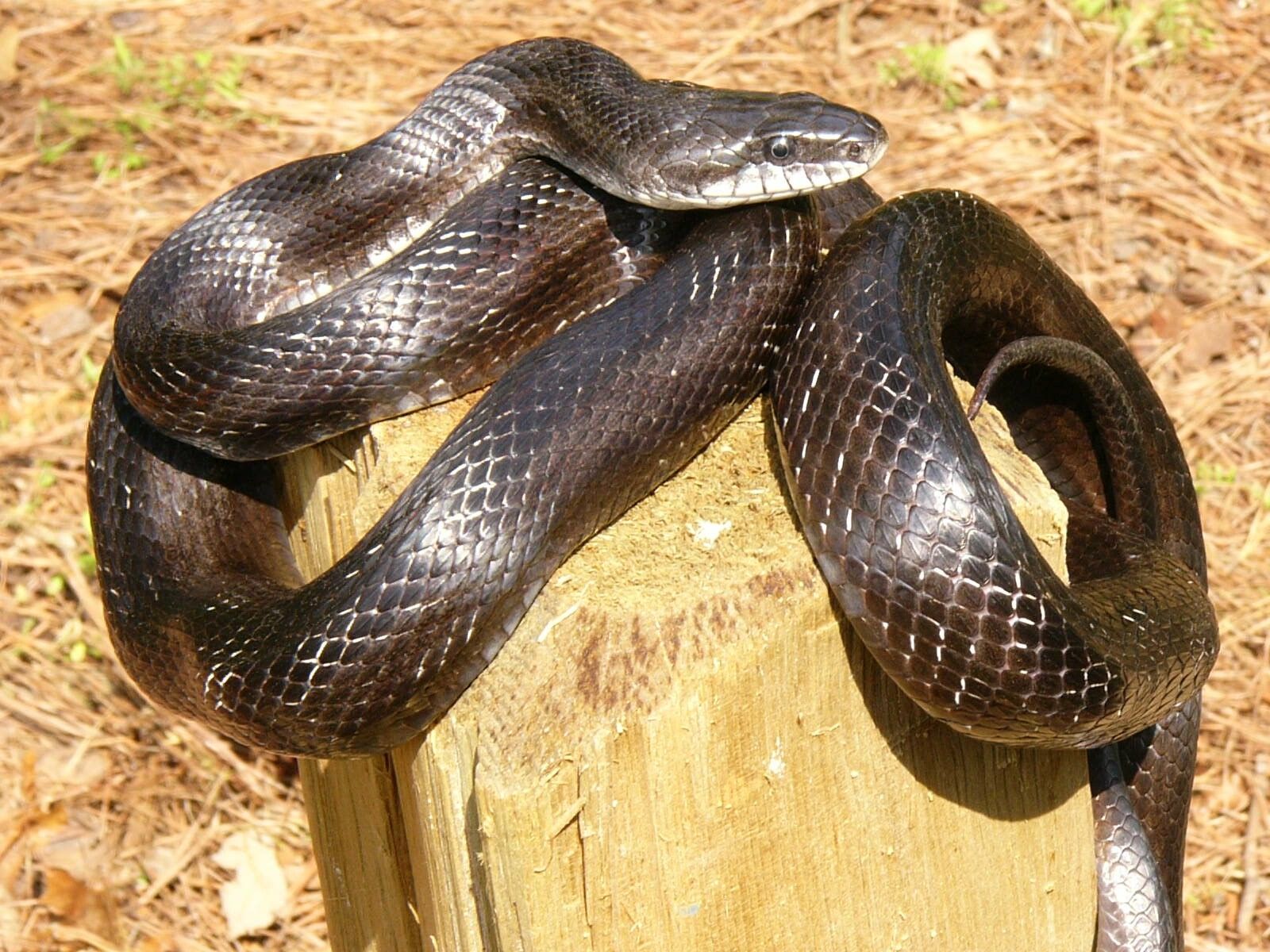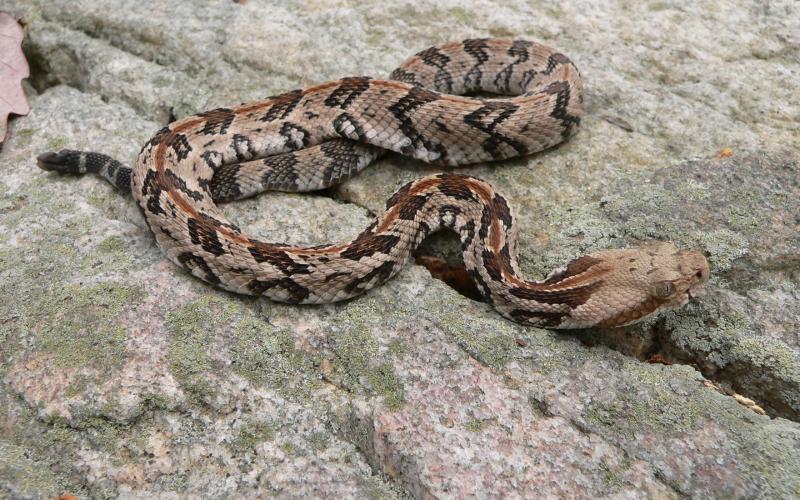Do you suffer from snake phobia? Then you’ve chosen the right place to visit. Statistically, your chances of being bitten by a venomous snake are lower in the Northeast Georgia mountains than anywhere else in the state. “In your area, you only have two venomous species — the copperhead and the...
Do you suffer from snake phobia? Then you’ve chosen the right place to visit. Statistically, your chances of being bitten by a venomous snake are lower in the Northeast Georgia mountains than anywhere else in the state.
“In your area, you only have two venomous species — the copperhead and the timber rattler,” said John Jensen, senior wildlife biologist with the Georgia Department of Natural Resources.
Because of differences in climate and habitat, the mountain region doesn’t support species such as water moccasins, which prefer swampy, humid surroundings.
Jensen said in addition to the two venomous species, there are about 20 non-venomous species that frequent the Georgia mountains — and all of them should be treated with respect.
“When you see a snake, you make a conscious decision to avoid or confront it,” he said.
“Most snakebites are to the hand, which means the person was trying to mess with the snake. If it were accidental, you would see wounds to the foot or ankle,” Jensen said. “Keep in mind that in Georgia, all non-venomous snakes are protected by law from harassment, and that includes picking them up. So if you see a snake, just take pictures and enjoy it from a distance.”

Jensen said if you do want to get up close and personal with a snake, the best way to do that is to visit a local nature center.
In White County, there’s one at Smithgall Woods State Park, where interpretive specialist Kathy Church often gives demonstrations with non-venomous species such as corn snakes and rat snakes.
“It’s one of our most popular programs, here and as I travel around the region,” Church said.
“I help people understand the snake’s job in the environment, and how important these animals are for pest control.”
One of the most often-asked questions she hears is, “Will snakes chase you?”
“The answer is no, they won’t,” Church said. “So it’s OK to run away from a snake, because they’re not going to come after you.”
If somehow you do manage to get bitten by a snake, especially one that you believe to be venomous, Church advises calling 9-1-1.
“And then use your phone to take a picture of the snake,” she said. “Do not bring the snake to the hospital. They do not appreciate that in the E.R.”

